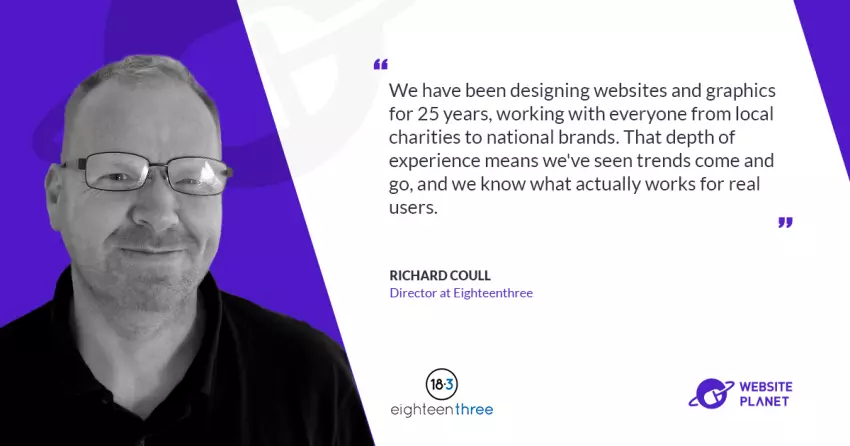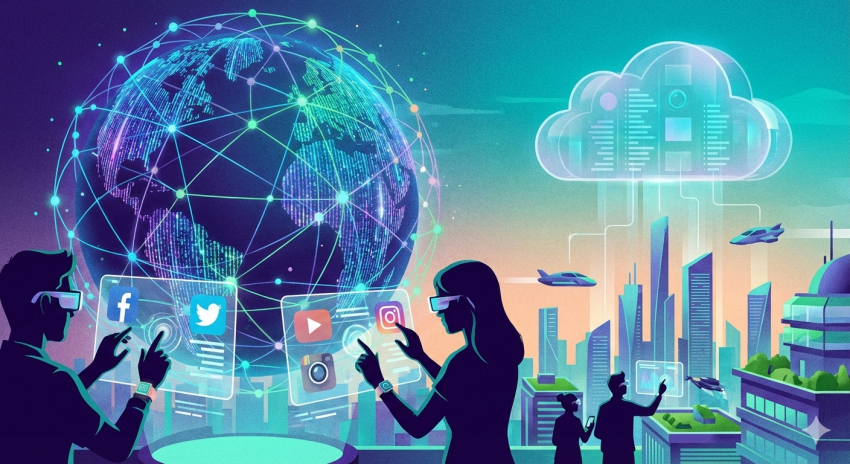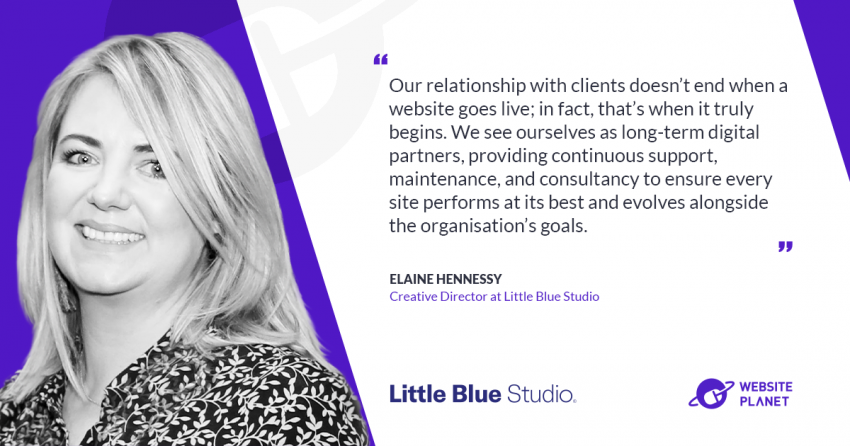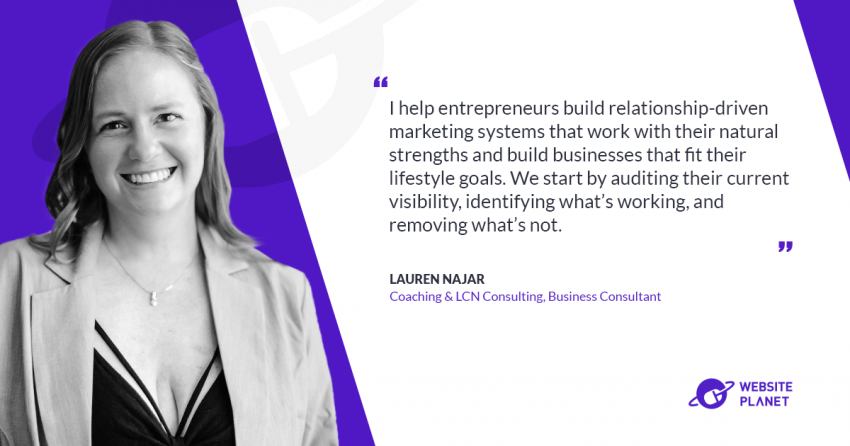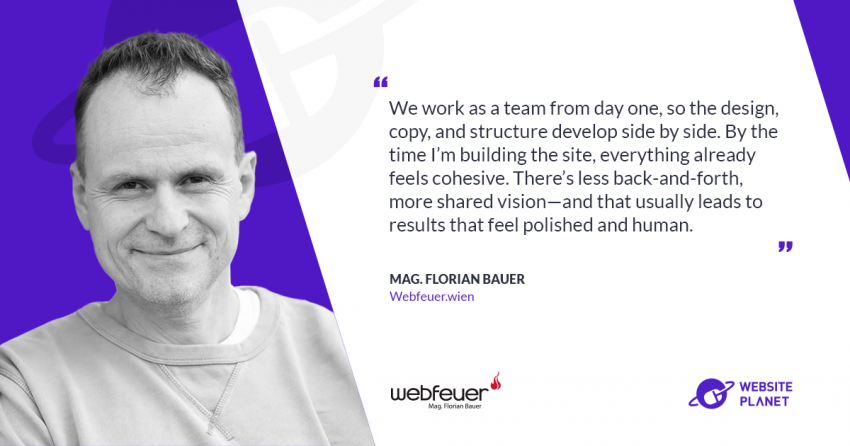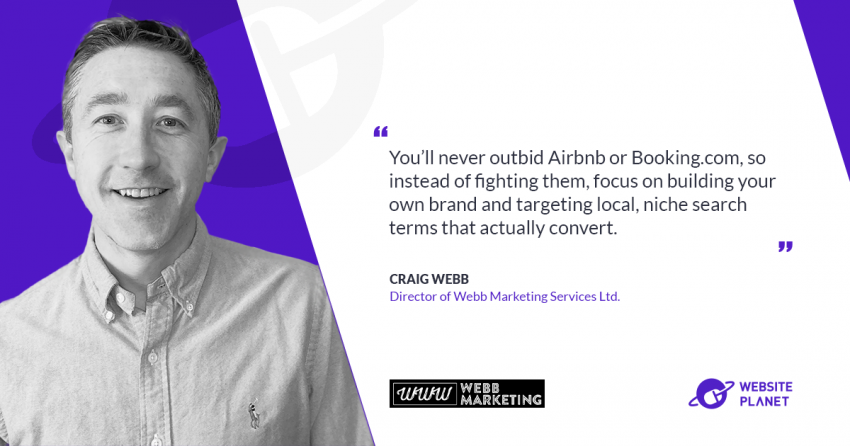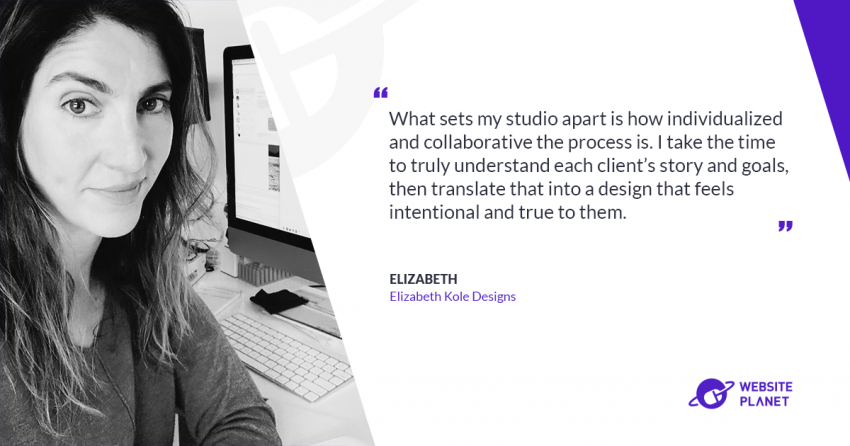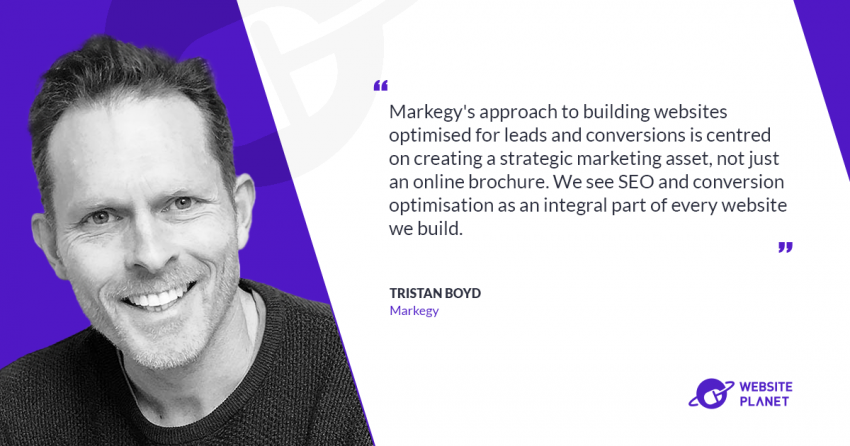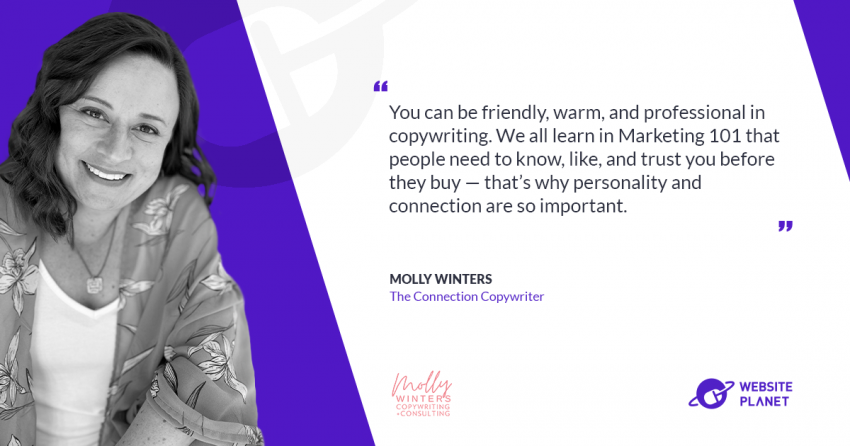When it comes to web and brand design, Richard Coull takes a refreshingly human-first approach. Instead of starting with templates or rigid frameworks, his process begins with listening—understanding a client’s passion, audience, and vision.
From there, he guides them through discovery, emotional design, and phased development that balances creativity with budget realities.
In this Website Planet interview, Richard shares how 25 years of experience have shaped his bespoke approach, helping everyone from local charities to national brands build designs that truly connect.
What is your typical process from initial concept to delivery for a website or app design?
Our process always starts with a conversation. We take the time to really understand the client – what they are passionate about, who their audience is, and what they want their online presence to say about them. Sometimes a client comes to us with a well-defined brand and even a detailed roadmap, and other times they have no idea where to start.
For clients who are still figuring things out, we guide them through a discovery process – exploring styles they like, what catches their attention, and how they want visitors to feel when they land on their site. We also draw on colour theory and emotional design to make sure the brand reflects the right tone – for example, calm and trustworthy for a counselling charity, or bold and energetic for a sports club.
Once we have a clear direction, we create wireframes or mock-ups and iterate until the client is happy with the look and feel. Because we work with many non-profits and small organisations, we are always mindful of budgets, and we often phase projects so that clients can launch quickly and add features later.
When the site is complete, we don’t just hand over the keys and walk away – we provide launch support, training, and ongoing maintenance if needed. Some of our clients have been with us for more than a decade, and we’ve supported them through multiple redesigns, campaigns, and growth milestones.
How do you balance functionality, design, and pricing to meet client needs?
Because everything we do is completely bespoke, we have the flexibility to balance functionality and design around each client’s priorities and budget. We don’t just present a proposal and say ‘take it or leave it’ – we work with the client to refine the scope until it’s a perfect fit for their needs.
Our custom approach also means we can build admin systems that are tailored to the client’s technical confidence. Many of our clients are non-technical, so we design editing tools that let them manage their site safely without worrying about accidentally breaking something – something that can happen all too easily with a standard off-the-shelf CMS.
By being completely bespoke, we can also phase in features if needed – starting with a solid, affordable foundation and adding more functionality as the client grows. We see ourselves as an affordable partner, and we aim to deliver solutions that give clients confidence and control, without compromise on design or usability.
What kind of branding materials do you offer besides websites?
We offer a complete range of branding and marketing design services. That includes logo design, colour palettes, brand guidelines, business cards, flyers, posters, magazine adverts, email campaigns, and social media graphics – essentially everything an organisation needs to present a consistent and professional image.
For example, we’ve worked with Wildfire Restaurant in Edinburgh to create their entire brand – logo, menus, website, and a fully bespoke gift voucher system. We’ve also designed campaigns for national sports brands and email marketing for a well-known jewellery brand, right down to websites and graphics for a local musician launching their first recording.
Because everything we do is bespoke, we can ensure that all of these materials work together as part of a unified brand experience, whether the client is a start-up, a charity, or a larger organisation looking for a refresh.
How do you help clients who are unsure about what they want or where to start?
We work with a lot of clients who aren’t sure where to start – especially charities or individuals who might not have worked with a designer before. Our first step is to listen. We ask about what inspires them, what other sites or campaigns have caught their eye, and what kind of feeling they want their visitors to have.
From there, we guide them through brainstorming sessions, showing them visual examples, and exploring options until something clicks. We often use colour theory and emotional design to create the right tone – for example, calming colours for support organisations or bold, energetic palettes for sports brands.
Sometimes, the hardest projects are when a client has a very specific idea that might not work well for their audience. In those cases, we gently encourage them to look at the site through their users’ eyes and think about what will really resonate.
And, yes, we’ve had our fair share of ‘design by committee’ moments! Our job is to balance all those voices and bring them together into a design that works for the organisation as a whole – even if Susan in accounts really wants her dog on the homepage!
Can you describe your experience and how it influences your design decisions?
We have been designing websites and graphics for 25 years, working with everyone from local charities to national brands. That depth of experience means we’ve seen trends come and go, and we know what actually works for real users.
For example, we’ve worked with Stirling & District Women’s Aid for more than a decade, supporting them through several redesigns and poster campaigns – including their impactful ‘This is Not Love’ campaign. That kind of long-term relationship helps us anticipate what clients need as their organisation grows.
On the other end of the spectrum, we worked with Wildfire Restaurant in Edinburgh to create a full brand identity – logo, menus, and a fully bespoke website with a gift voucher system that integrates payments, generates QR-coded PDFs on the fly, which can be emailed to the customer, and provides a scanning tool for staff. That project pushed us to think about the entire customer experience, from online purchase to the moment the diner pays their bill.
Whether it’s a small non-profit or a busy restaurant, that experience helps us design not just for aesthetics but for usability, scalability, and the client’s long-term goals.
How do you incorporate feedback during the design process to ensure client satisfaction?
Some of our favourite moments are when a client loves the first draft and signs off immediately – but that’s the exception rather than the rule. More often, we work closely with the client to review each stage, refine the design, and make sure it meets their goals.
We don’t stop until the client is happy.
We welcome client ideas and are always open to try things out. Sometimes clients experiment with their own concepts and ultimately come back around to our original design, and other times we agree that their suggestion is an improvement – it is a genuinely collaborative process.
Throughout the design process, we gently encourage clients to look at the design from their audience’s perspective. This helps avoid decisions that might feel right internally but don’t serve the end user.
Our goal is always to deliver a polished final product that both the client and their audience love.
Find out more at: www.eighteenthree.com
